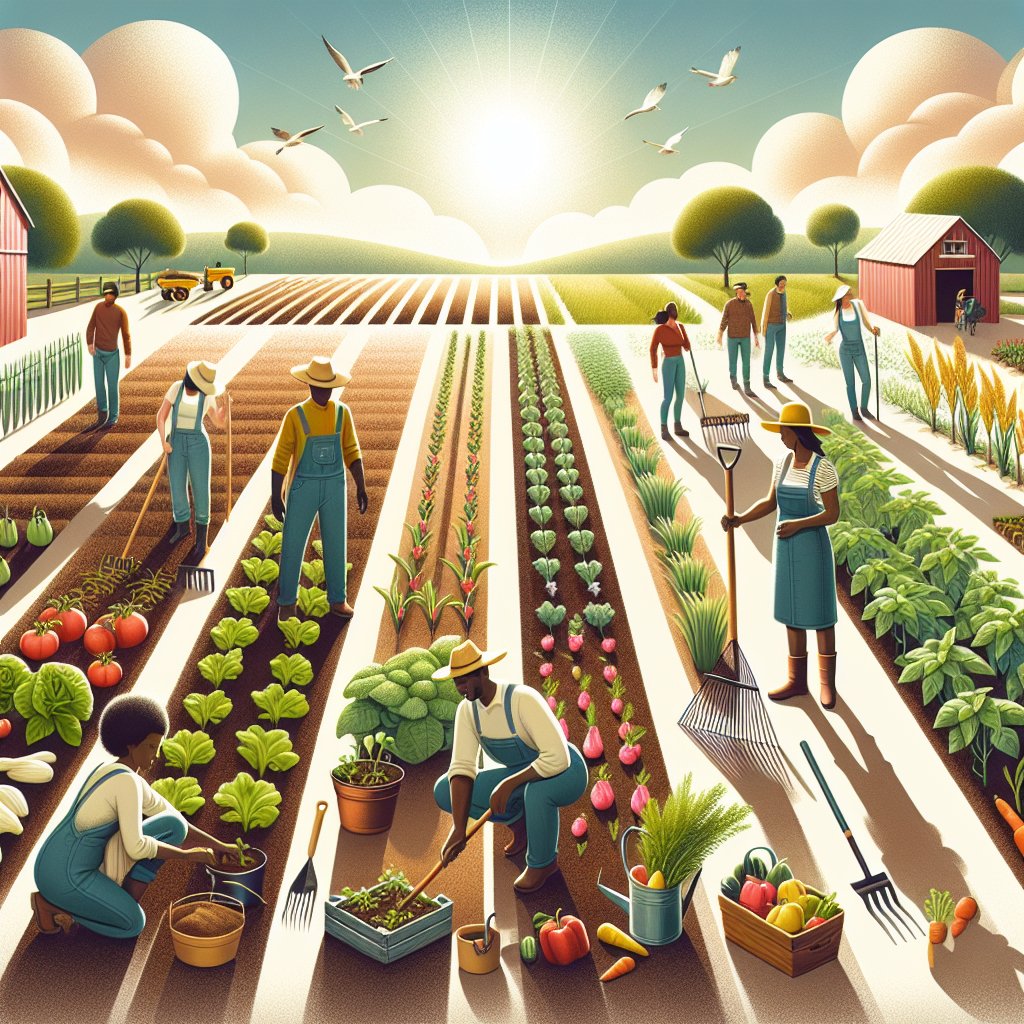
Choosing the best seeds for high yield crops is a critical decision that can significantly impact the productivity and profitability of a farming operation. The selection process involves understanding various factors such as climate, soil type, and crop characteristics. This article delves into the intricacies of seed selection, offering insights into how farmers can optimize their choices to achieve maximum yields.
Understanding Seed Varieties
One of the first steps in selecting the best seeds for high yield crops is understanding the different seed varieties available. Seeds can be broadly categorized into hybrid, open-pollinated, and genetically modified (GM) seeds. Each type has its own set of advantages and disadvantages, and the choice largely depends on the specific needs and goals of the farmer.
Hybrid Seeds: Hybrid seeds are created by cross-breeding two different parent plants to produce offspring with desirable traits. These seeds are known for their uniformity, vigor, and high yield potential. However, they often come at a higher cost and do not breed true, meaning farmers need to purchase new seeds each season.
Open-Pollinated Seeds: Open-pollinated seeds are naturally pollinated by insects, birds, wind, or other natural mechanisms. These seeds are often more genetically diverse and can be saved and replanted year after year. While they may not offer the same level of uniformity and yield as hybrid seeds, they are often preferred by organic farmers and those looking to maintain seed sovereignty.
Genetically Modified Seeds: GM seeds are engineered to possess specific traits such as pest resistance or herbicide tolerance. These seeds can offer significant advantages in terms of yield and reduced input costs. However, they are subject to regulatory scrutiny and public debate, and their use may be restricted in certain regions.
Factors Influencing Seed Selection
When choosing seeds for high yield crops, several factors must be considered to ensure the best possible outcome. These factors include climate, soil type, disease resistance, and market demand.
Climate: The local climate plays a crucial role in determining which seed varieties will thrive. Farmers must consider temperature, rainfall, and growing season length when selecting seeds. For instance, drought-tolerant varieties may be necessary in arid regions, while heat-tolerant varieties are essential in areas with high temperatures.
Soil Type: Different crops have varying soil requirements, and the choice of seeds should align with the soil characteristics of the farm. Soil pH, texture, and fertility are important considerations. Some seed varieties are bred to perform well in specific soil conditions, offering farmers a better chance of achieving high yields.
Disease Resistance: Selecting seeds with built-in resistance to common diseases can significantly reduce crop losses and the need for chemical interventions. Farmers should research the prevalent diseases in their area and choose seed varieties that offer resistance to these threats.
Market Demand: Ultimately, the choice of seeds should align with market demand. Farmers need to consider consumer preferences and market trends to ensure that their crops will be profitable. This may involve selecting varieties with specific traits such as flavor, size, or nutritional content.
Conclusion
Choosing the best seeds for high yield crops is a complex process that requires careful consideration of various factors. By understanding the different seed varieties and evaluating the specific needs of their farm, farmers can make informed decisions that enhance productivity and profitability. As agricultural technology continues to advance, the options available to farmers will only increase, making it even more important to stay informed and adaptable in the pursuit of high yields.

